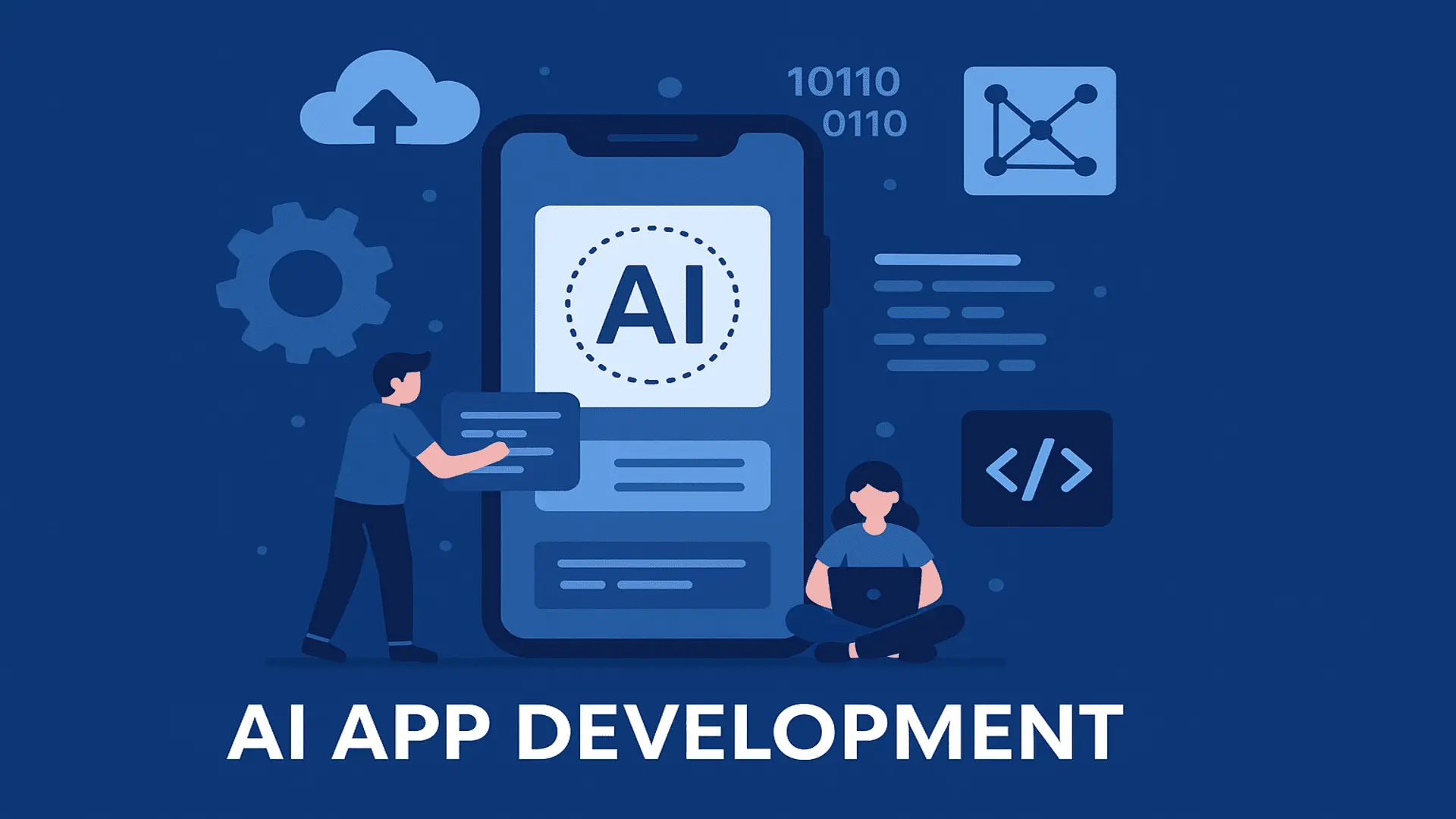Unfolding 5 Tips to Optimal Software Development Workflow

Software development workflows can significantly affect your team’s productivity and the calibre of your products and services. Your developers will struggle to stay on schedule without an optimized software development workflow. They are also less likely to be engaged and committed to the objectives of your company.
Learn how to create an effective software development workflow by reading our guide.
5 Hacks to Streamline Your Software Development Workflow for Continuous Improvement
1. Roles Allocation
Assign roles among your project team members using a project management tool.
In meetings, calls, and emails, many businesses still manually assign roles. While this is effective for the majority of small businesses and projects, larger businesses might prefer to assign roles within their project teams using a project management tool. With the proper project management tool, project managers will be able to:
- Utilize a user-friendly interface to assign roles and tasks.
- Create schedules that are specific to the projects at hand
- Identify and minimize risks
- Make thorough documentation, charts, and reports.
2. Prioritize Code Quality Over Documentation
You’ll save a tonne of money, time, and rework by prioritizing the quality of your code over the development of your documentation.
Over-documenting can be a waste of time and resources, especially when you have tight deadlines, even though having an actionable SOW is important. You won’t have enough time to ensure code quality during the building and testing phases if you spend too much time planning and analyzing. The number of bugs, design flaws, and other pre-production issues may arise as a result of this.
As a result, you ought to concentrate on the testing stage. You should concentrate on –
- Creating the appropriate test types for your product
- To find and address any flaws in code contributions, including environment variables, testing and retesting are necessary.
- Implementing timely review of the code into your development process.
- Ensuring that more than one individual has reviewed the project’s codebase.
- Making your codebase more stable.
- Assisting teams in spotting problems early on in the SDLC.
Custom AI Software Development Solution For Enterprises
3. Use An Agile or Iterative Process
Traditional product development practices were used by the majority of businesses. With this methodology, a project is broken up into distinct phases, each of which begins only after the one before it has been finished. Businesses that use the waterfall method map out the entire project from the start. If adjustments are required, the process must be reset at the beginning.
The iterative methodology, as opposed to the waterfall method, can quickly address development problems and adapt to market changes. Since each iteration enables the team to take into account the lessons learnt from earlier runs and continuously enhance the software development process, it also delivers continuous integration and improvement.
4. Invest in the Right Tools
Don’t cut corners on your tech stack; you must spend money on the best platforms and tools for software development. You’ll struggle to meet your milestones and goals on time, let alone ahead of schedule, without the appropriate tools. Managing teams and setting deadlines will be challenging for project leads and managers.
The most widely used SDLC tools are:
- Confluence
- GitHub
- Haystack
- LinearB
- Kanban.
5. Create An Agile Team & Set Objectives for All of Them
It’s time to assemble your Agile team once you’ve switched to an iterative or Agile methodology and accumulated the necessary resources.
Add two new roles – The Product Owner (PO) and Scrum Master.
Scrum Masters are coaches for the rest of the team and facilitators. The PO, on the other hand, is in charge of setting the project’s priorities and overall direction. They are also in charge of establishing, revising, and maintaining the team backlog, which is a collection of unfinished projects and resources.
Establish team-wide goals by incorporating retrospectives into the SDLC. Each Sprint ends with a meeting called a retrospective. The team examines how the previous Sprint went at the retrospective by asking:
- What did the group achieve?
- What challenges did they face?
- How can procedures be made better?
In addition to retrospectives, you ought to do daily standups which are gatherings that include the Scrum Master, product owners, and developers, who make up the core Agile team.
While every business is different, most standups demand that team members respond to the following questions:
- What did I work on the day before?
- What am I currently working on?
- What difficulties do I have?
Expand Your Internal Team to Improve Your Software Development Workflow
Agile is a great tool for streamlining the software development workflow. In comparison to Waterfall, it is more cooperative, effective, economical, and responsive to market demands.
But it’s easier said than done to design an effective Agile software development workflow. Even though more businesses are implementing Agile development workflows, many developers still favor the Waterfall approach.
In this situation, Cloudester is useful. We offer pre-screened Agile talent that has been thoroughly examined for their knowledge of English as well as their abilities and experience. We have experts in every Agile methodology and tech stack, including Scrum, Kanban, Git, and Haystack.
Let’s connect to know more about us.









